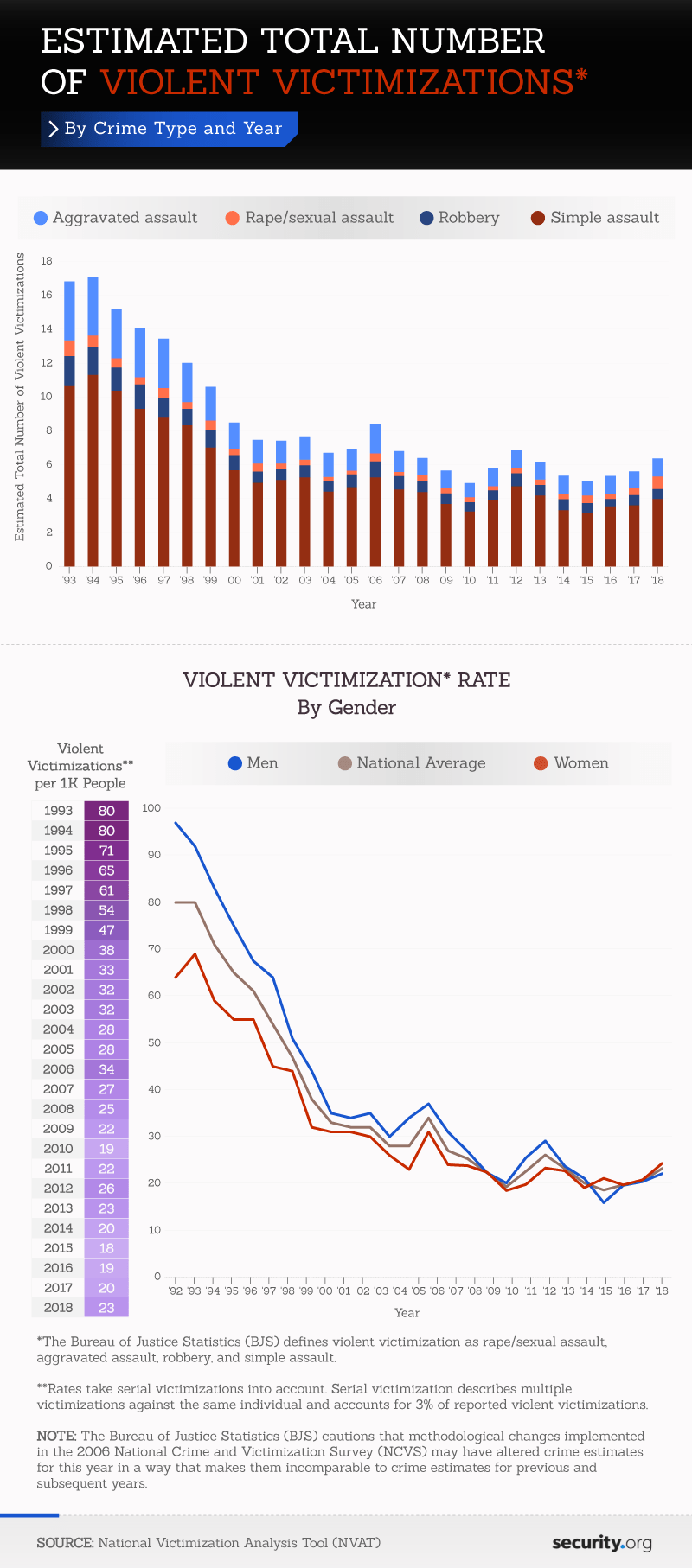What Is Aggrevated Assault - What is aggravated assault in Canada? Aggravated assault prior to murder is the most serious violent crime under Canadian criminal law. Simple assault or common assault occurs when violence is intentionally used directly or indirectly against another person without their consent. But in Canada assault is committed when "injury, maiming, disfigurement or endangering the life of the complainant".
To fall under the definition of aggravated assault, the assault must be intentional by the perpetrator and the act of assault
What Is Aggrevated Assault
A person Additionally, the offender may be aware of the intentional act, ie. H. He had objective foresight that the conduct would cause serious injury to the victim.
Aggravated Assault Court Martial Lawyer
The Canadian definition of aggravated assault is found in section 268(1) of the Criminal Code of Canada and carries a maximum sentence of 14 years.
What distinguishes aggravated assault from any other form of assault is that the nature of the complainant's injuries is such that it injures, maims, disfigures or endangers the life of the person. Injuries are more than minor and more than serious bodily harm. These injuries are so serious that they injure the complainant for some time or the injuries threaten the life of the complainant. Examples of Violations a
A wound usually refers to a break or cut in a person's skin, which causes bleeding that requires medical attention. Minor scrapes and scratches do not reach the level of serious bodily injury. It usually requires permanent damage to meet the definition.
In some criminal law cases, maiming is defined as referring to an injury so severe that a person is so badly injured that they are unable to function or fight. This includes injuries such as broken bones, loss of vision, mobility and so on.
Woman Charged In Deadly Killeen Hit And Run
When criminal courts discuss disfigurement, they mean injuries that are more than a temporary blemish to a person's appearance. Sometimes it may involve bruising and other times it may not. This usually means permanent scarring, permanent disability, loss of function of an arm, leg or hand.
. Under Section 265 simple bodily harm is the least serious, followed by grievous bodily harm with grievous bodily harm and grievous bodily harm being the most serious. Simple assault and assault are both hybrid offences, and depending on the seriousness of the offence, the Crown Prosecutor may proceed with summary conviction or indictment, while aggravated assault is a direct criminal offence.
As with almost all crimes in Canada, the Crown must prove the date, time and jurisdiction of the place where the offense was committed. These are usually very easy for the public prosecutor to determine. An important factor then is whether the accused is a person who committed the crime or participated in the crime. This usually means establishing the identity of the suspect and placing them at the scene of the crime. Once these elements are proved or established, the Crown must prove each element of the offense beyond a reasonable doubt.

In the case of grievous bodily harm, the Crown must prove that the accused used violence against the victim without her consent. The force is applied directly, as a blow, or indirectly, as an object thrown at the victim. The use of force is intentional, provided the accused intended the act committed and intended it to mean bodily harm. Finally, the force used is presumed to cause serious injuries resulting in injury, disfigurement or disfigurement of the victim.
Michael Sanchez Wanted For Aggravated Assault With A Deadly Weapon
It applies to grievous bodily harm as well as to ordinary bodily harm, as well as the risk of bodily harm arising from a physical act with objective foresight. The Crown is not required to show that the offender intended or intended to cause particular injuries, provided that those injuries were reasonably foreseeable. Courts apply the "reasonable person" standard in determining intent. actions, whether a reasonable person would realize that the attack would cause some risk of harm.
What is the difference between assault and grievous bodily harm? Both have the same elements that require assault, as violence must be used against another person, directly or indirectly, intentionally without consent. Both have the additional necessary element that there must be serious injury. The main difference between bodily harm and grievous bodily harm lies in the severity of the injuries.
Bodily harm caused by bodily harm falls under Section 267(b) of the Criminal Code. For an assault to be considered a bodily harm threshold, the injuries must have affected the victim's health or well-being and be temporary or minor. The injury should last more than a very short period of time and should be short. Physical harm also includes psychological harm. Invasion is a lower threshold compared to offensive attack.
Another difference is that grievous bodily harm is a direct criminal offence, whereas bodily harm is a hybrid and the Crown can choose how to prosecute the offence.
When An Assault Becomes Aggravated Assault
Aggressive assault, in its simplest terms, means an attack that causes serious injury over a period of time.
For an injury to be a physical injury, it must be more than temporary, meaning it lasts more than a few days. It is neither permanent nor temporary. Minor means that the injuries were of little value, insignificant or insignificant. An injury must be temporary and minor to not be defined as a personal injury. Courts have ruled that it is not necessary to take medical evidence to prove assault. Evidence of victim is sufficient to prove injuries.
In most cases, a bruise is not considered a physical injury. Large bruises that last more than a week, or large bruises on the face or neck area that last for a long time, can be considered an injury and in some cases can be aggravated. However, these are considered on a case-by-case basis.
/cloudfront-us-east-1.images.arcpublishing.com/gray/QAJYBWWLGFDRZJSHWVENPMC3RM.jpg)
Examples of physical injuries include broken noses, abrasions, and more than minor injuries. Sore throat, neck and other pains are more than temporary. Bruising of the face, neck or other parts of the body lasting a few days or more than a week (no fixed duration).
Aggravated Assault And Potential Defenses
There is no statutory requirement that a specific injury must have existed for a specific period of time to be considered a personal injury. The injury caused by the victim may be temporary and still not considered minor.
In general there are several material defenses against attack. You must have a touch of reality in the exam to succeed.
Consent is a common defense against attack, because a person cannot be consented to an attack. However, if the assault is not intentional, consent may still be an available defense, see R. v. Pais of the Supreme Court of Canada (2005).
Self-defense allows a person to use appropriate force to protect himself. There are certain circumstances in which all people have the right to respond with violence to violence or threats of violence to stop an attack. The accused must be able to prove that the following criteria existed at the time:
Defenses In Aggravated Assault Cases
The accused never had to show that there was no reasonable way to withdraw or withdraw from the situation.
Defense of property is another situation in which force may be used and is a form of defense against attack. This defense is codified in section 35 paragraph 1 of the Criminal Code. A person must have valid reasons for using force, the reasons must be reasonable in the circumstances.
The law also allows the use of force to protect others. The force used to stop an assault on another must be reasonable under the circumstances. The accused must be able to show the same standard used for self-defense at the time.
, may be brought in response to criminal charges. A reflex action must be an involuntary reaction over which the defendant has no control, and of course the defense must have some touch of reality.
Florida Assault And Battery
In practice, punishment for most crimes in the Canadian criminal justice system is highly individualized. When dealing with assault charges, the judge must first determine the applicable reasonable penalty terms and reasonable sentences. After taking these into account, the judge begins to weigh and assess the various aggravating and mitigating factors present in the case. Additionally, the offender's many personal circumstances and rehabilitation prospects are taken into account in determining the appropriate sentence.
Some of the aggravating and mitigating factors that may apply specifically in a felony assault case include, but are certainly not limited to, the following:
The Penal Code explains
What is misdemeanor assault, what is simple assault, what is vehicular assault, what is assault 4, what is felony assault, what is assault 2, what is domestic assault, aggrevated assault, what is indecent assault, what is aggravated assault, what is battery assault, what is considered assault
/cloudfront-us-east-1.images.arcpublishing.com/gray/6JW4I2ZLSFAN5KIQICR5KFXLB4.JPG)
